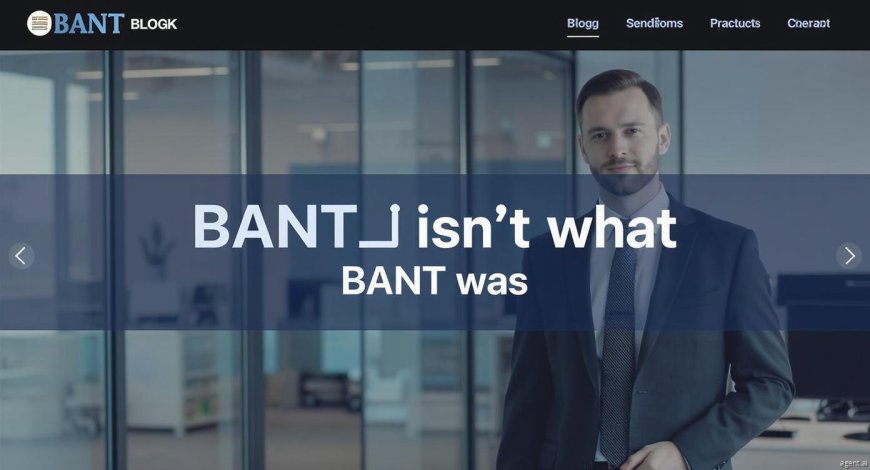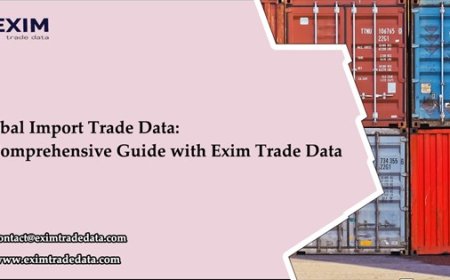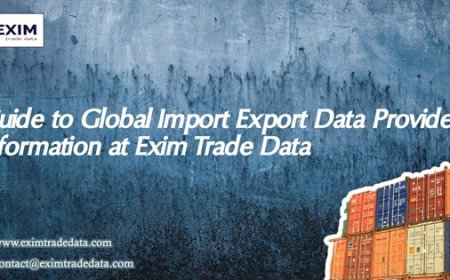Beyond Budget and Authority: BANT Isn’t What BANT Was Anymore
Acceligize offers comprehensive global B2B demand generation and performance marketing services that help technology companies identify, engage, and qualify their ideal target audiences throughout every phase of the buying journey.

In the early days of B2B selling, the BANT frameworkBudget, Authority, Need, and Timelineoffered sales reps a clear and structured way to evaluate leads. It was simple, logical, and easy to apply. But fast-forward to todays hyper-connected, buyer-controlled sales environment, and the reality is clear: BANT isnt what BANT was. Modern lead qualification requires more than a checklist. It demands adaptability, behavioral intelligence, and a deep understanding of buyer intent.
The Shift in Buyer Behavior
The way B2B buyers operate today is radically different from when BANT first emerged. Buyers now have unlimited access to information. They conduct their own research, consult peer reviews, and compare vendors long before they agree to speak with a sales representative. Most of the buyers journey is now self-guided.
Because of this, BANT isnt what BANT was. It assumes that sellers are the gatekeepers of information and that prospects will willingly answer qualification questions at the start. But todays buyers avoid friction. They expect relevance and personalization from the very first touch.
Why Budget Isnt a Deal-Breaker Anymore
In traditional BANT scoring, budget was a make-or-break factor. If a prospect didnt have a defined budget, they were often marked unqualified. But in 2025, budget allocations are increasingly dynamic. Teams explore solutions before budget approvals. Business cases drive funding. Flexible pricing models make buying more accessible.
This fundamental shift shows that BANT isnt what BANT was. Budget should be seen as a conversation point, not a gatekeeper. Sales teams now help buyers build budgets by demonstrating value and outcomes, rather than eliminating them for not having one upfront.
Authority Is Now Shared Across Committees
Decision-making in B2B sales has evolved from a single decision-maker model to a collaborative buying committee approach. Multiple stakeholdersincluding finance, IT, operations, and business usersnow weigh in on purchases.
This group-based process disrupts the A in BANT. BANT isnt what BANT was because authority is no longer a singular trait. Identifying and engaging multiple influencers across roles is more effective than relying solely on hierarchical titles. Influence, consensus, and internal advocacy matter more than just job descriptions.
The Fluidity of Need
BANT traditionally relied on identifying a clearly expressed business need. But the modern buyer doesnt always recognize or articulate their need until theyve engaged with educational content, peer examples, or ROI calculators.
Buyers today seek inspiration before justification. Theyre open to solutions that introduce new efficiencies or competitive advantageseven if they didnt set out to solve that particular problem.
This is why BANT isnt what BANT was. Need can now be shaped and discovered through smart content, consultative selling, and digital experiences. If sellers rely only on explicit problem statements, they risk missing latent demand.
Timeline Isnt What It Used to Be
One of BANTs core assumptions is that prospects know and can share when they plan to buy. But in reality, purchase timelines fluctuate. A buyer who said next year might accelerate to this quarter after a leadership change. Or, a project slated for next month might be deprioritized due to shifting goals.
Thats why BANT isnt what BANT wastimeline is now a fluid indicator. Modern sales teams rely on intent data, engagement patterns, and trigger events to understand urgency rather than direct verbal commitments.
To know more visit us @ https://acceligize.com/
Qualification Is Now Behavioral
Qualification is no longer about asking questionsits about observing actions. Did the lead attend a demo? Did they revisit the pricing page multiple times? Are they engaging with competitor comparison content?
This behavioral lens shows why BANT isnt what BANT was. Leads now qualify themselves through their digital footprint. Every click, download, or page visit adds to the qualification story. Sales and marketing teams must analyze these patterns in real time to prioritize effectively.
Marketings Expanded Role in Qualification
In the old BANT world, qualification started and ended with sales. But in the modern B2B funnel, marketing plays a major role. Through content, automation, and personalization, marketing teams warm up leads and capture intent long before sales enters the conversation.
This evolution underscores that BANT isnt what BANT wasqualification is now a team sport. Sales and marketing alignment is critical to ensure timely, relevant outreach based on where the lead truly is in their journey.
Account-Based Models Challenge Traditional Qualification
Account-based marketing (ABM) has further disrupted BANT logic. ABM focuses on engaging high-value accounts holistically, not waiting for an individual lead to meet predefined criteria.
Under ABM, sales and marketing teams pursue key accounts proactivelyeven if no one has yet expressed budget, need, or timeline. They build awareness and educate buying committees over time, knowing that demand can be cultivated.
This reinforces that BANT isnt what BANT was. Waiting for inbound BANT-qualified leads ignores the strategic potential of proactive, personalized account engagement.
The Role of Intent Data and AI
Todays lead qualification is powered by advanced toolsAI, machine learning, and intent datathat can track buyer behavior across platforms. These tools help identify which leads are researching your product category, visiting competitor sites, or consuming late-stage content.
These insights often reveal buying intent well before a lead would answer BANT questions. BANT isnt what BANT was because machine-driven intelligence is outperforming static checklists. Qualification is now predictive, not just reactive.
Training and Enablement Need a Reboot
Sales reps trained solely on BANT scripts are unprepared for todays consultative selling. Modern training must teach reps how to read digital signals, tailor messaging, and conduct value-based discovery.
Sales enablement tools should include access to content insights, engagement tracking, and real-time persona data. The sales team should be equipped to build business casesnot just qualify based on old criteria. BANT isnt what BANT was, and rep training needs to reflect that new reality.
Read More @ https://acceligize.com/featured-blogs/bant-isnt-what-bant-was/





























